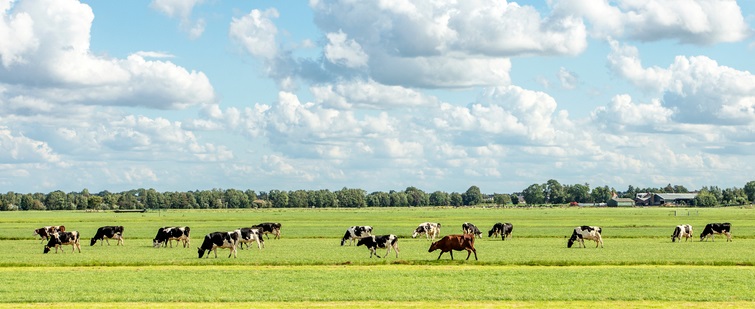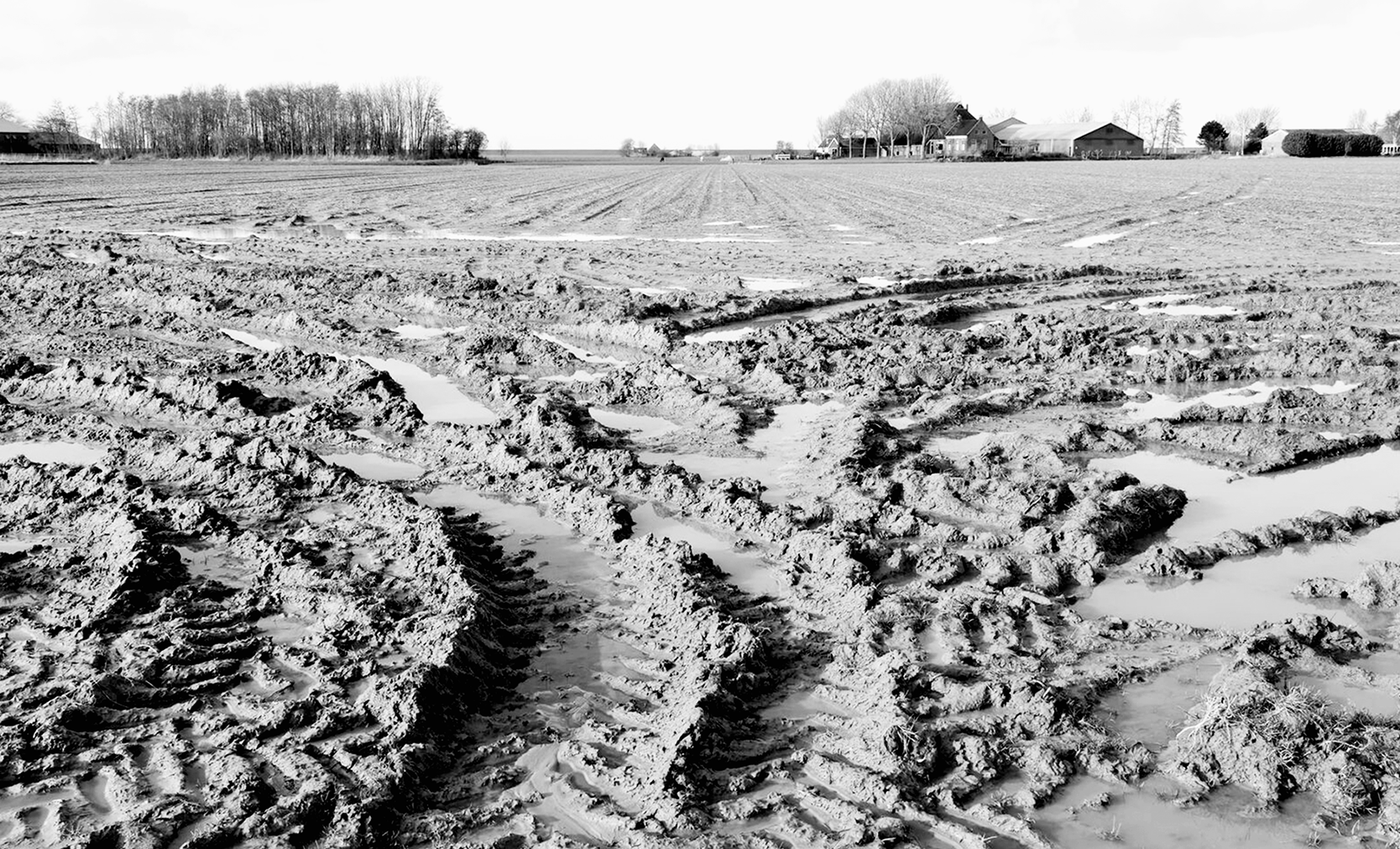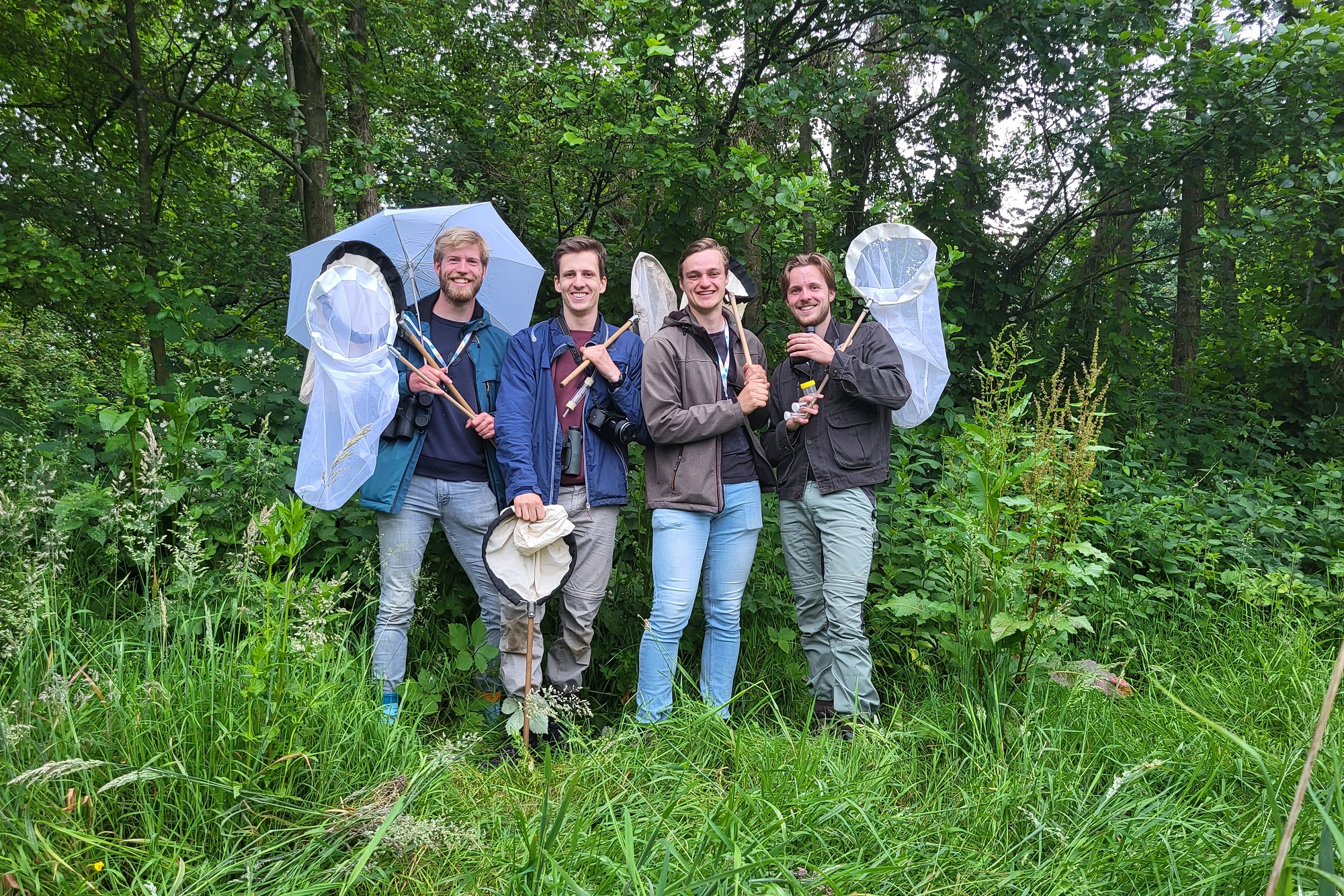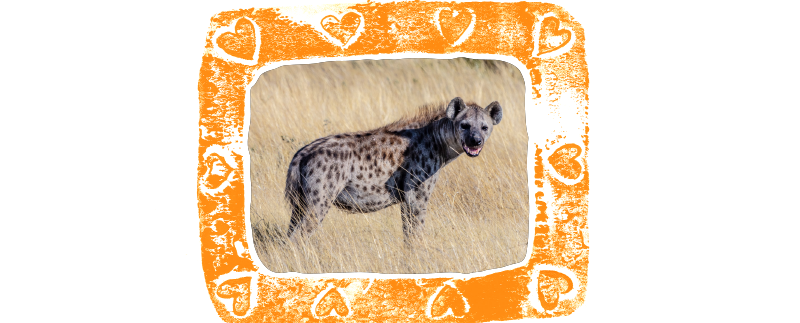The soils in the Netherlands are the best mapped in the world. We know all about their composition and physical and chemical properties. One aspect, however, merits more attention: soil life. SoilPros, funded by the Dutch Research Council, focuses on soil biodiversity in its new charting.
Wim van der Putten, professor of Functional Biodiversity at WUR and NIOO, is the initiator of the extensive project. ‘We plan to take a thousand soil samples for analysis. The samples will be taken randomly. We will use the current mapping and our knowledge of soil use. Analysing the biological composition of the soil is not new, but determining all life in the same sample is something that is ordinarily not done.’
Specialised
Inventorying is only the first step. SoilPros aims to develop new production systems. And these are sorely needed, says Van der Putten. ‘Intensive agriculture has caused soils to be specialised in just one function: crop production. Other soil functions, such as storing greenhouse gasses, providing clean drinking water and suppressing diseases and plagues, have taken a back seat.’
Farmlands still have plenty of biodiversity, but there are also components that have been lost
Wim van der Putten, endowed professor of Functional Biodiversity
Van der Putten explains that SoilProS aims to return the multifunctionality to the soil. ‘Farmlands still have plenty of biodiversity, but there are also components that have been lost. These components are precisely what is needed for multifunctionality. Consider, for example, fungi that increase the soil’s resistance to drought.’
Molecular profile
‘The relevant issue is how we can reintroduce those components’, Van der Putten goes on to say. Diligent analysis of the soil samples is to reveal what is lacking where. The analysis does not mean inventorying each individual micro-organism. ‘We create a molecular profile of the soil based on the DNA that is found within a sample. This profile reveals information about the composition and diversity of micro-organisms in the analysed soil.’
We use artificial intelligence and machine learning to identify patterns in the data
Wim van der Putten, endowed professor of Functional Biodiversity
This molecular information is used to determine the different functions of soil life. Van der Putten: ‘We use artificial intelligence and machine learning to identify patterns in the data. For example: what is the relationship between the 5000 species? How doe soil use relate to the discovered profiles? And if you wish to change an x-cluster of soil life into a y-cluster, what must be altered in the soil?’’
Applicable
This analysis and experimental validation of predictions are new to the domain of soil sciences. Field experiments are to determine the practical applicability. The final step is to collaborate with farmers to develop practicable measures. SoilProS had a four million-euro budget. In addition to NIOO and WUR, businesses (such as Agrifirm, Friesland Campina, Syngenta), LTO Nederland, various administrations and other universities are also involved in the project.

 Photo Shutterstock
Photo Shutterstock 

